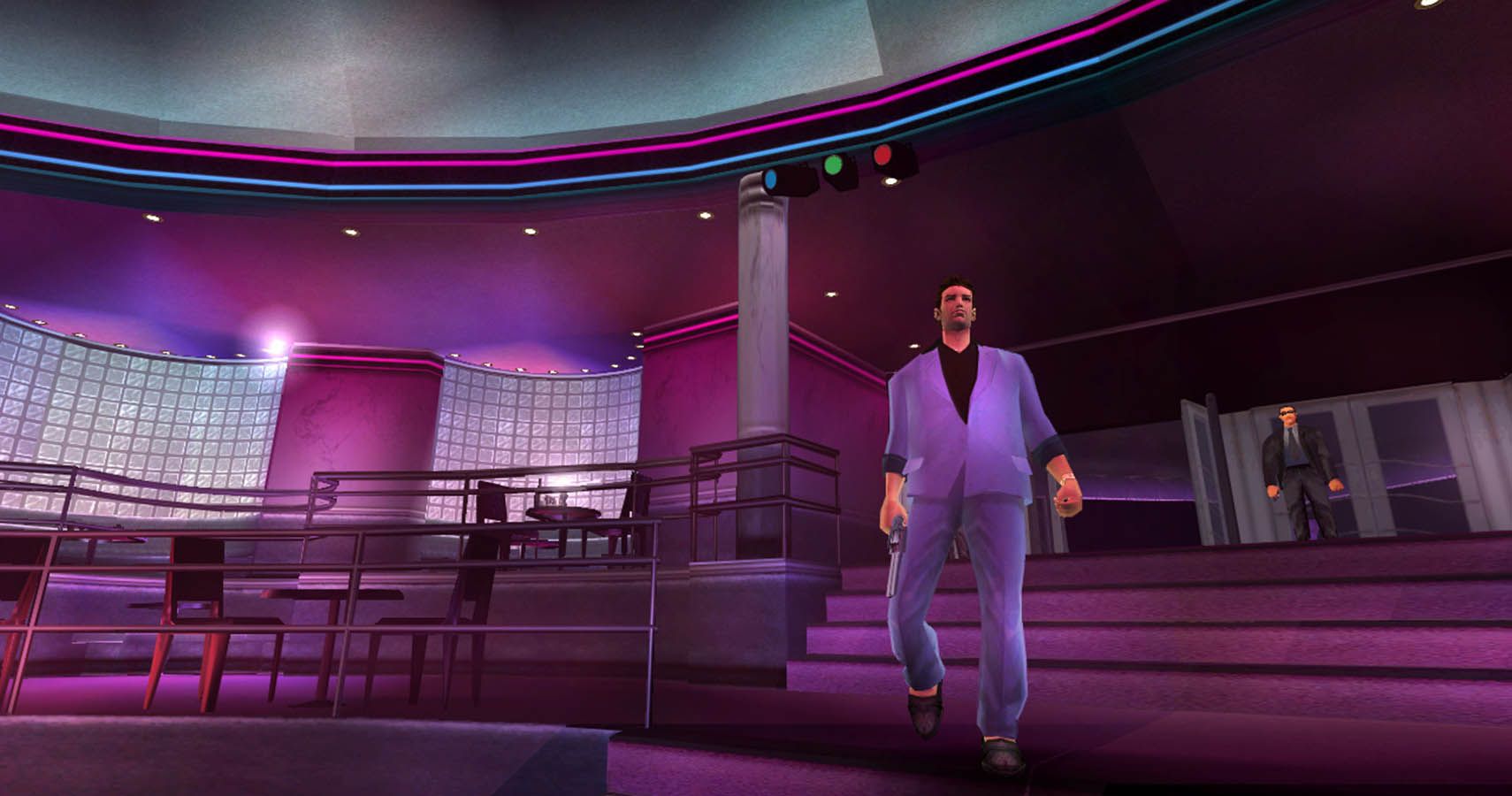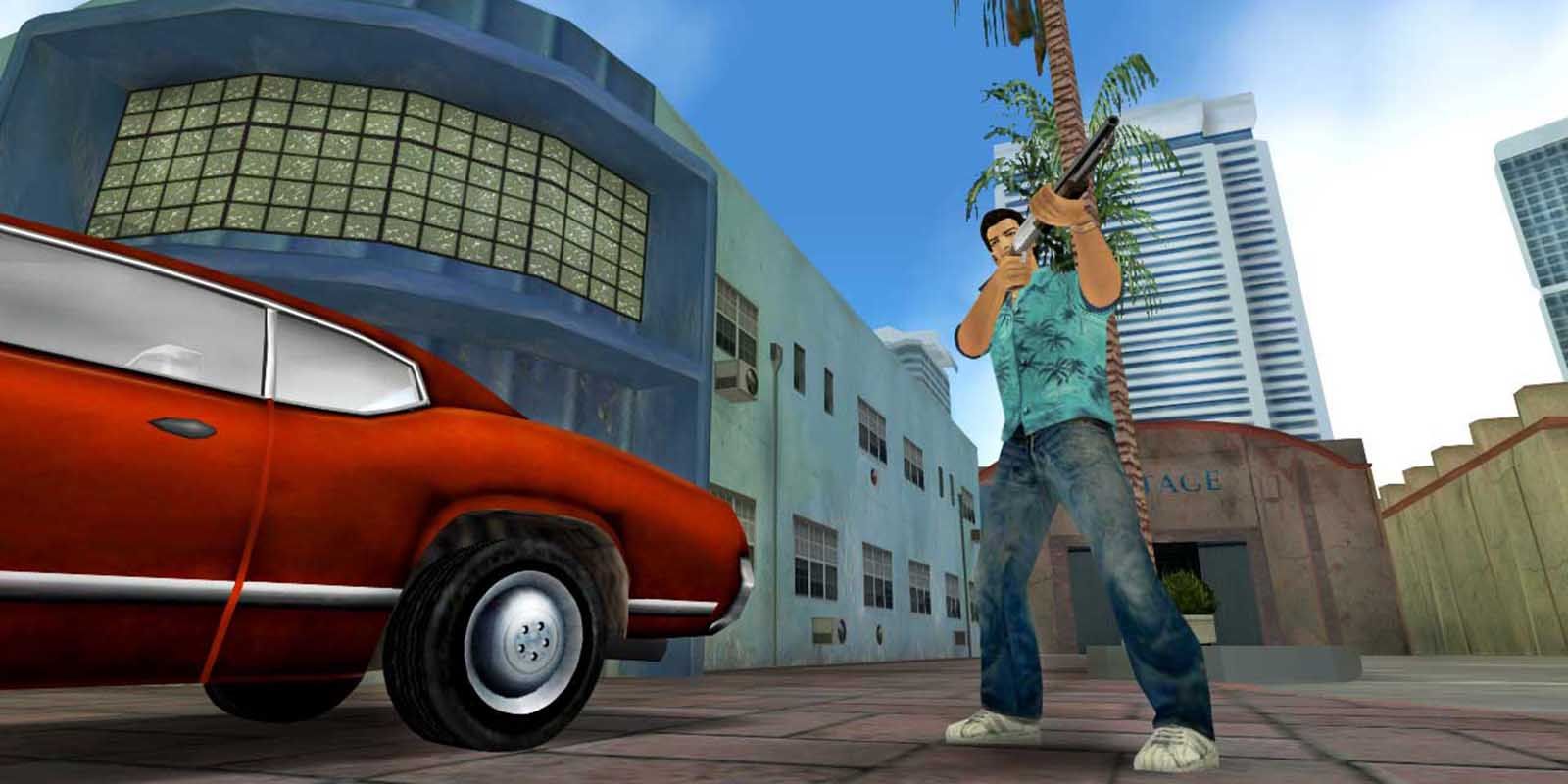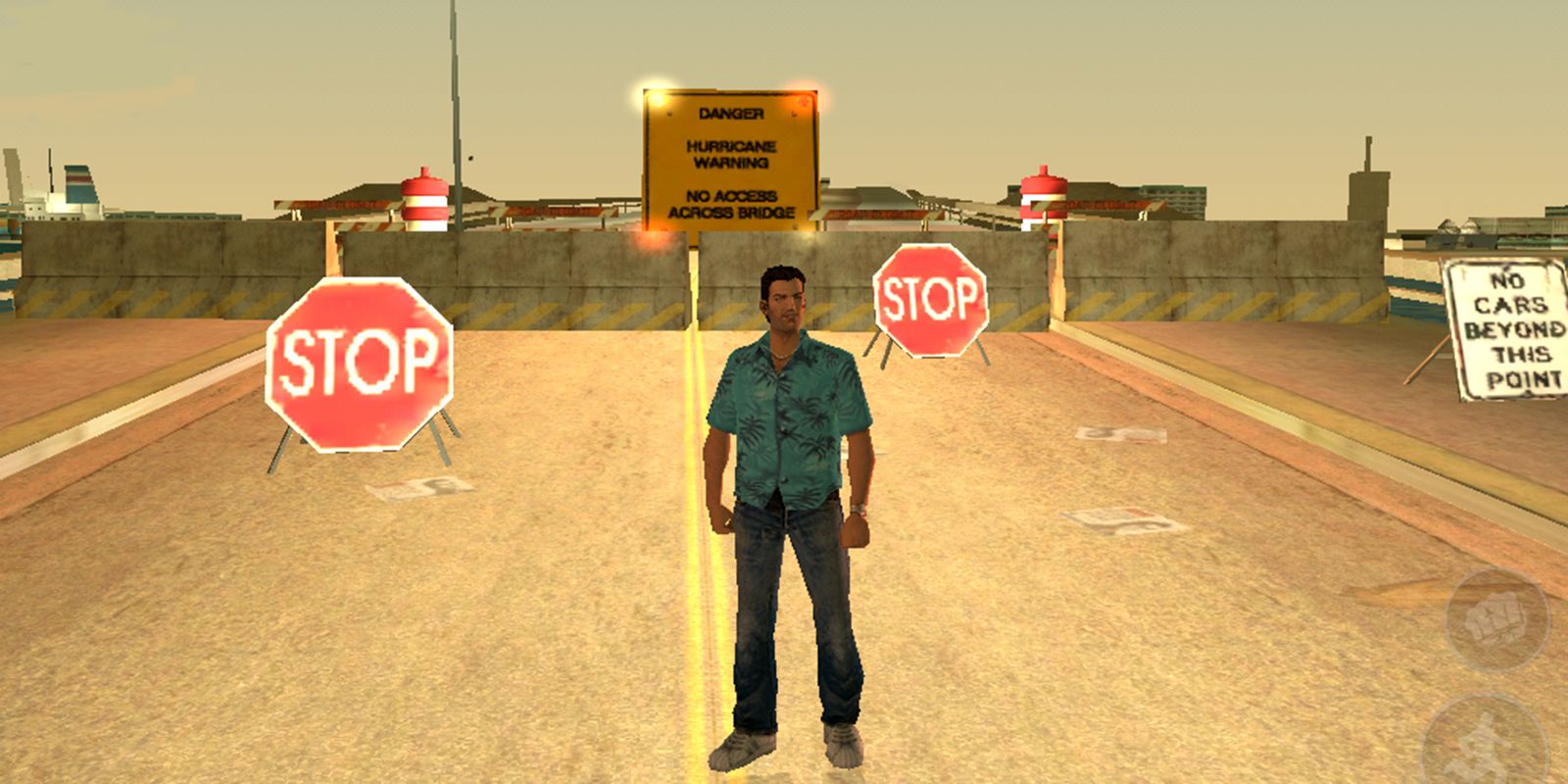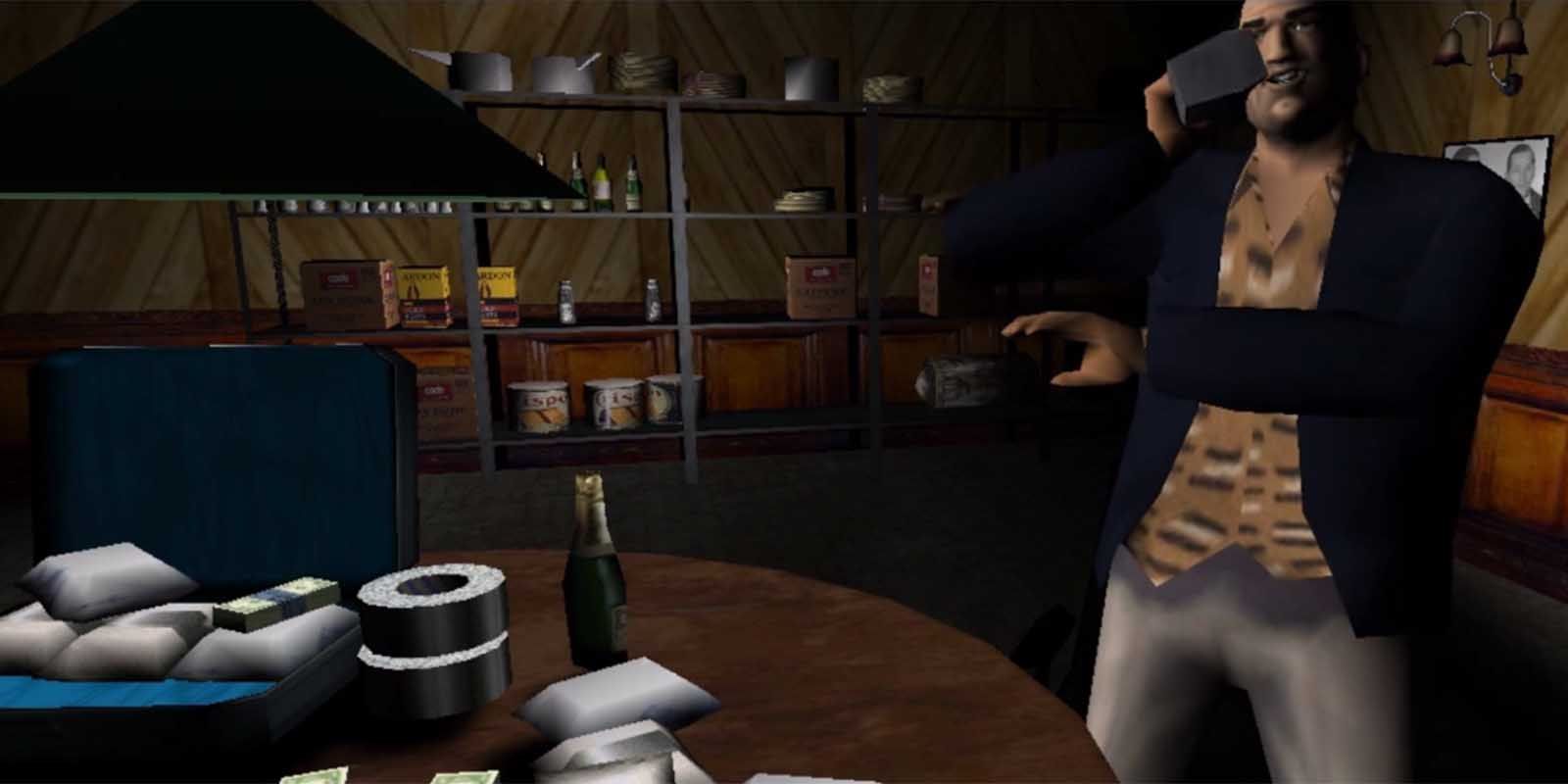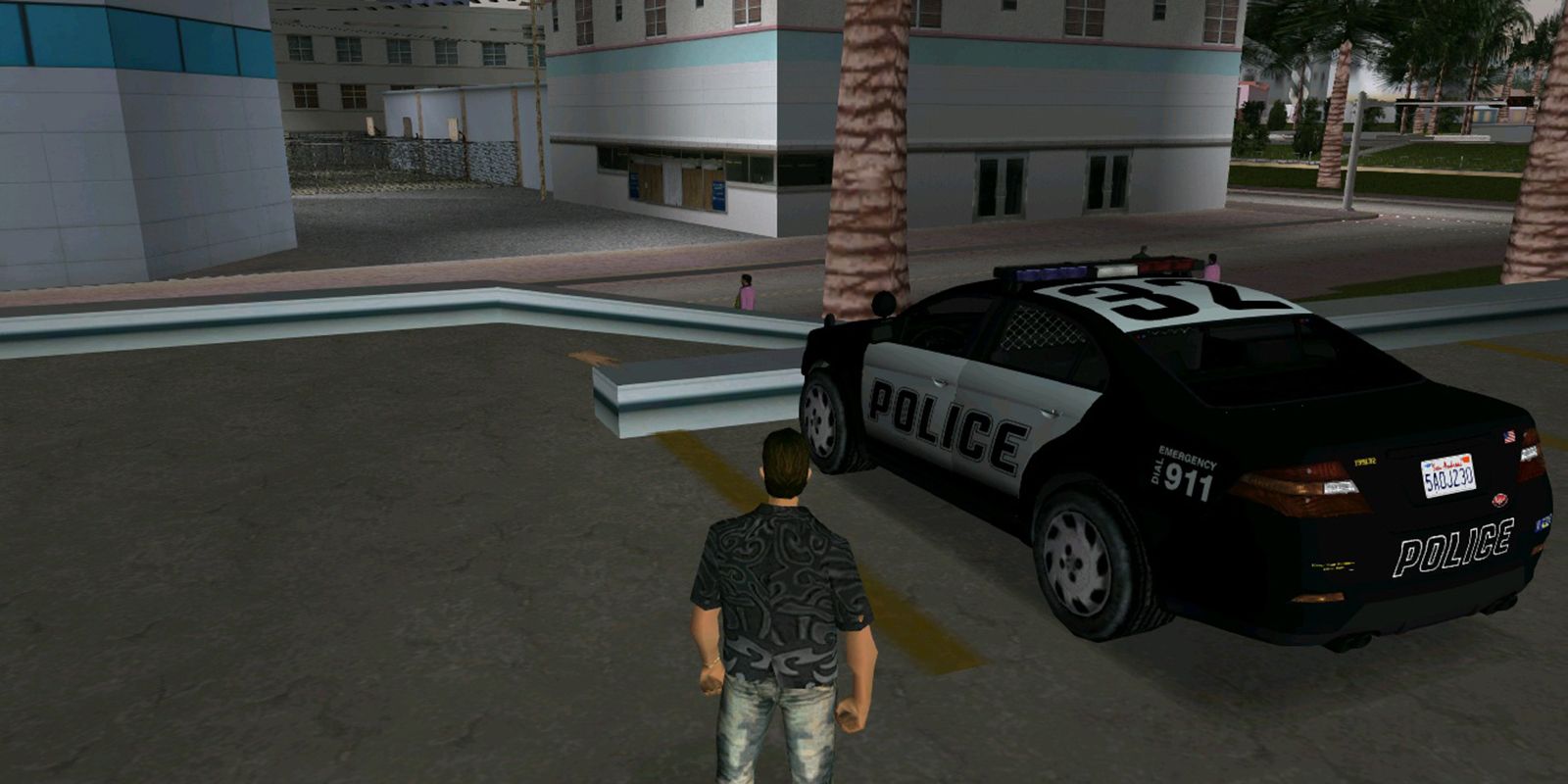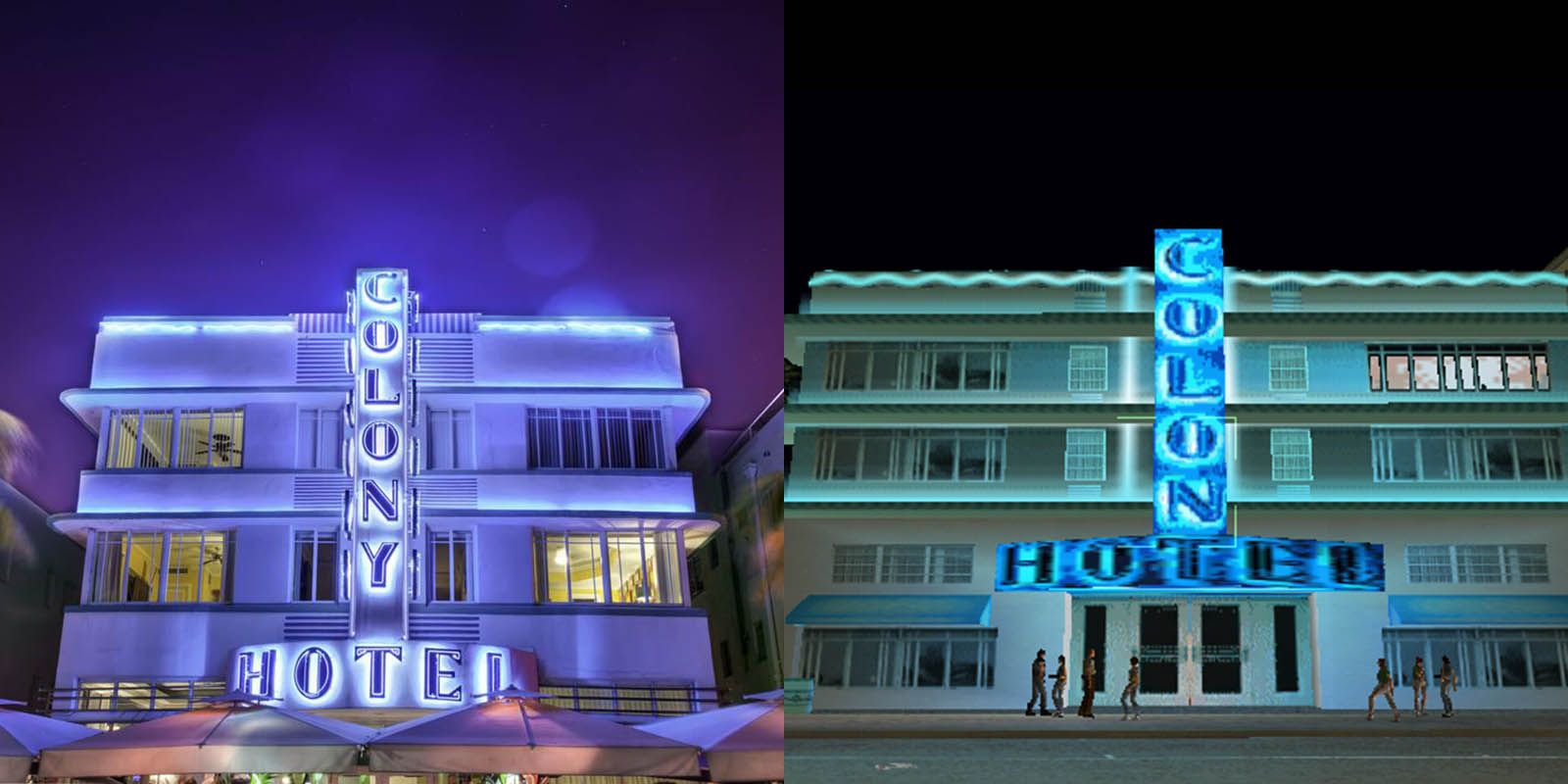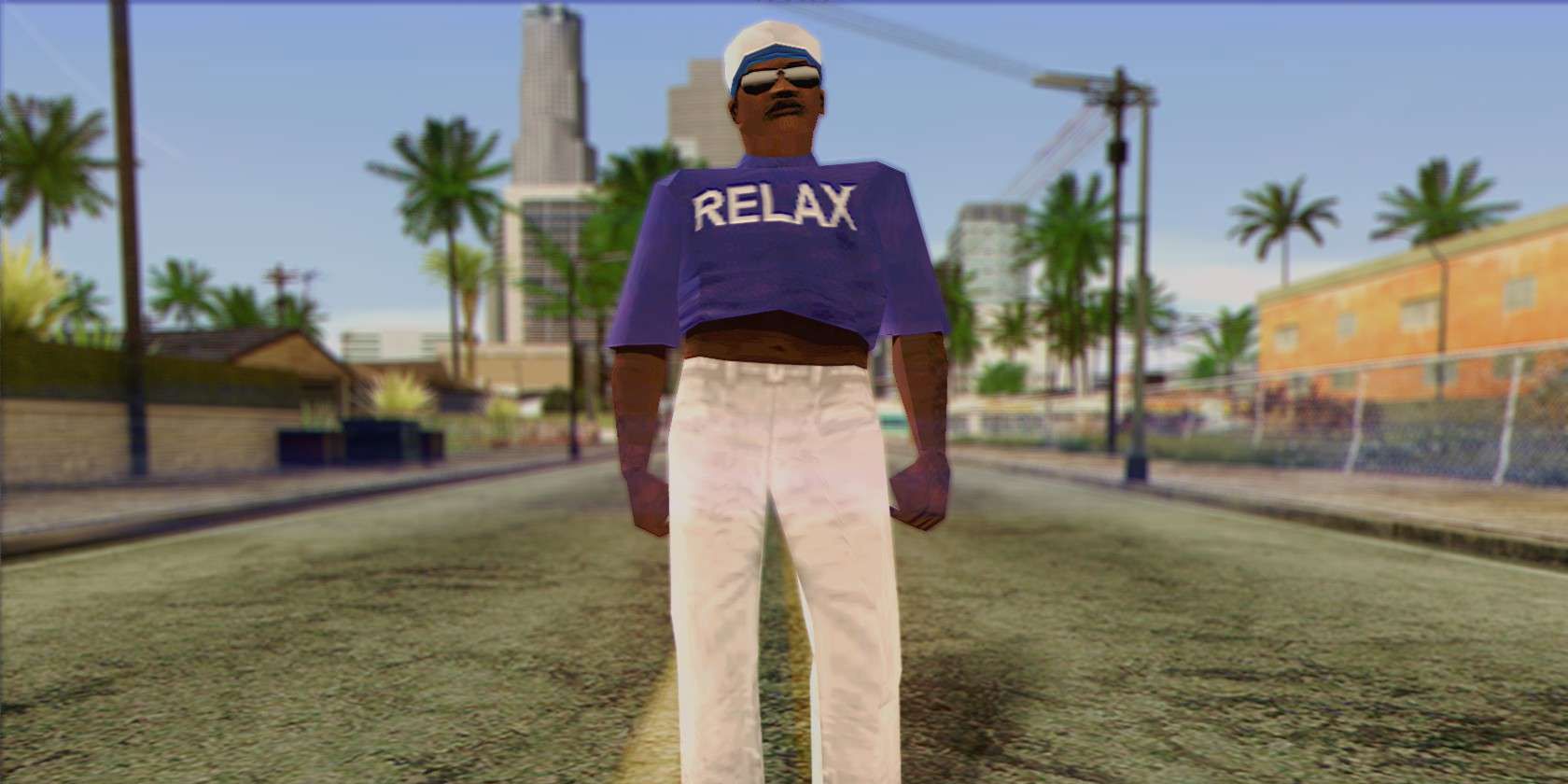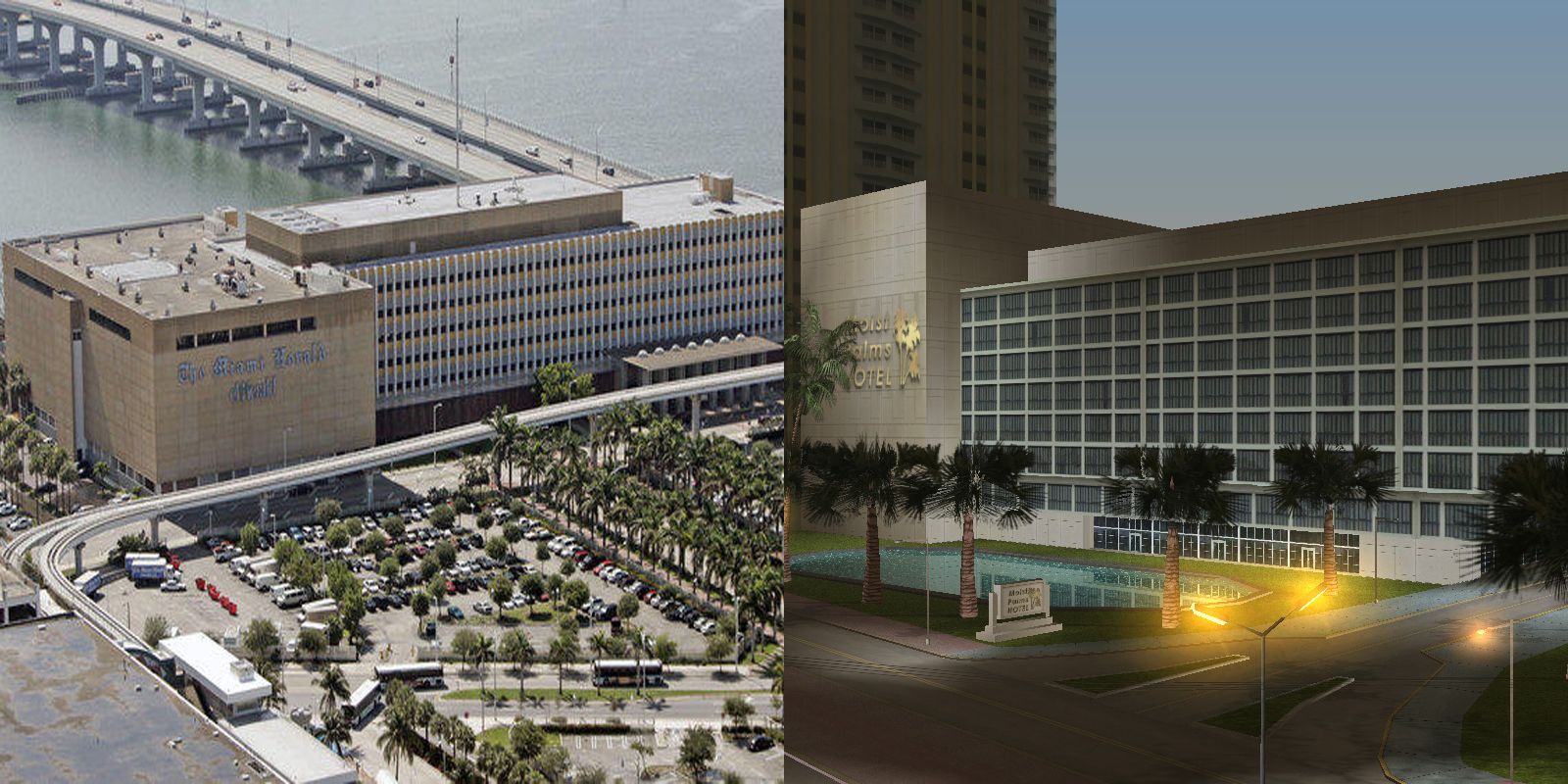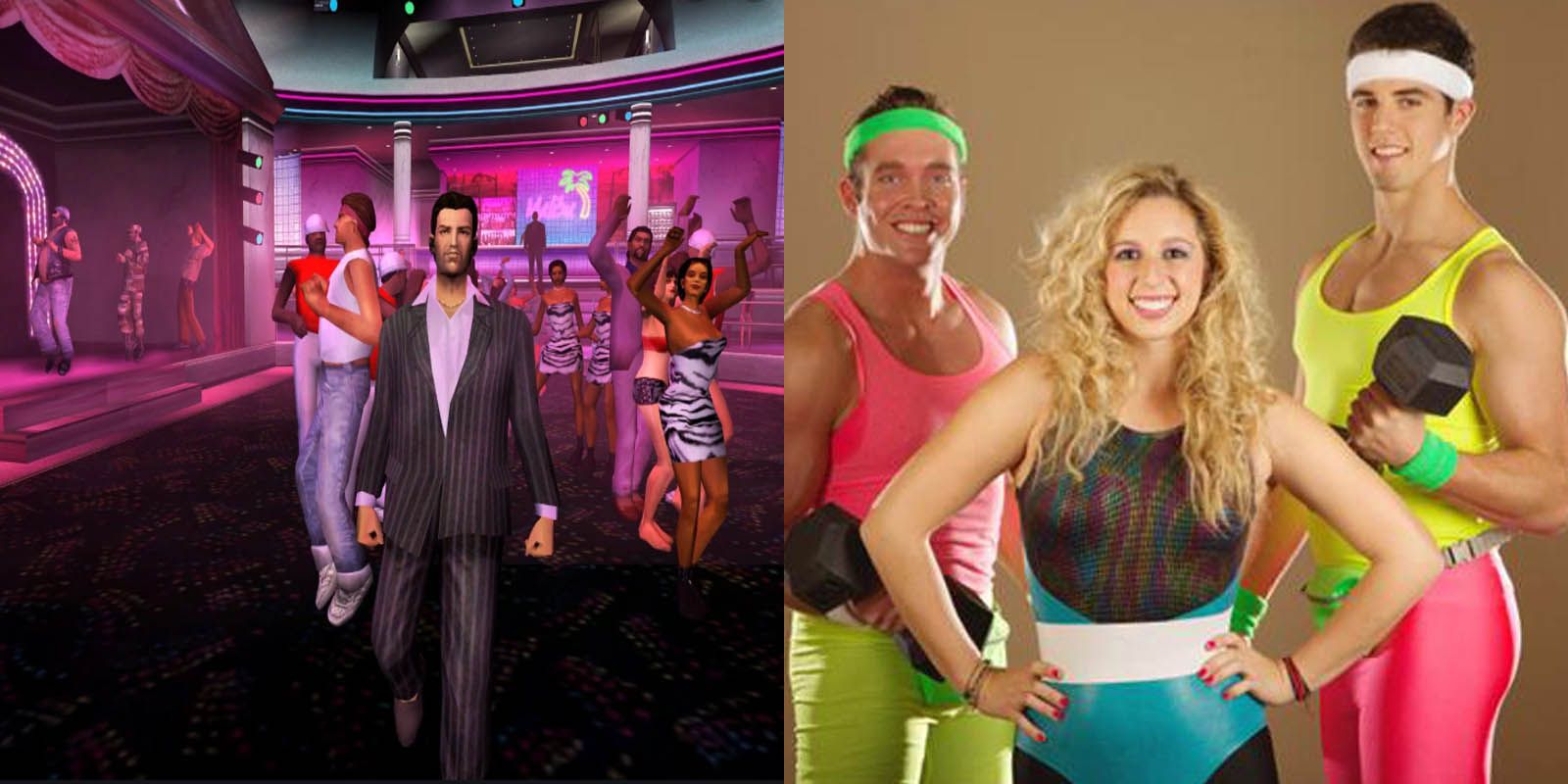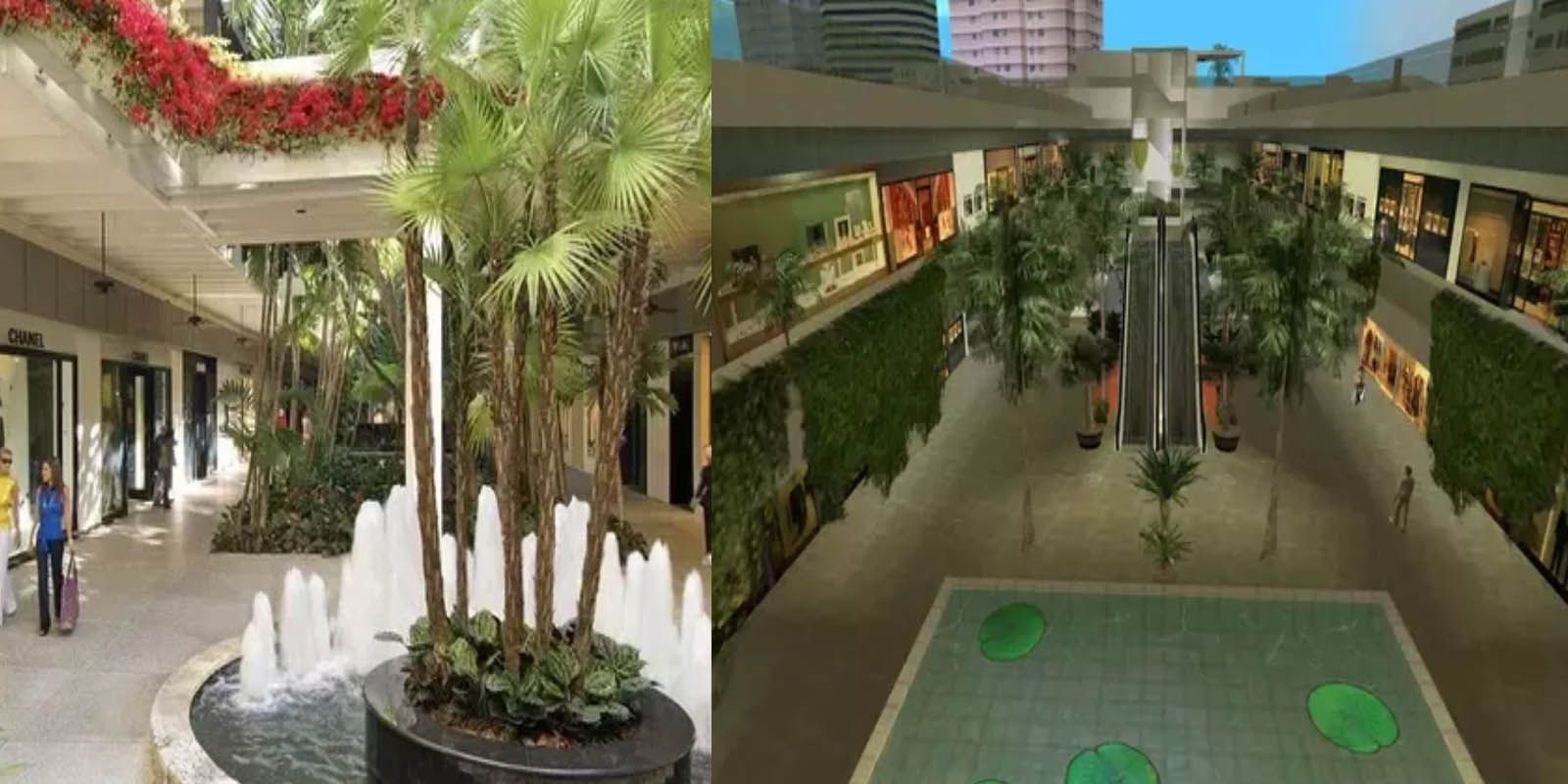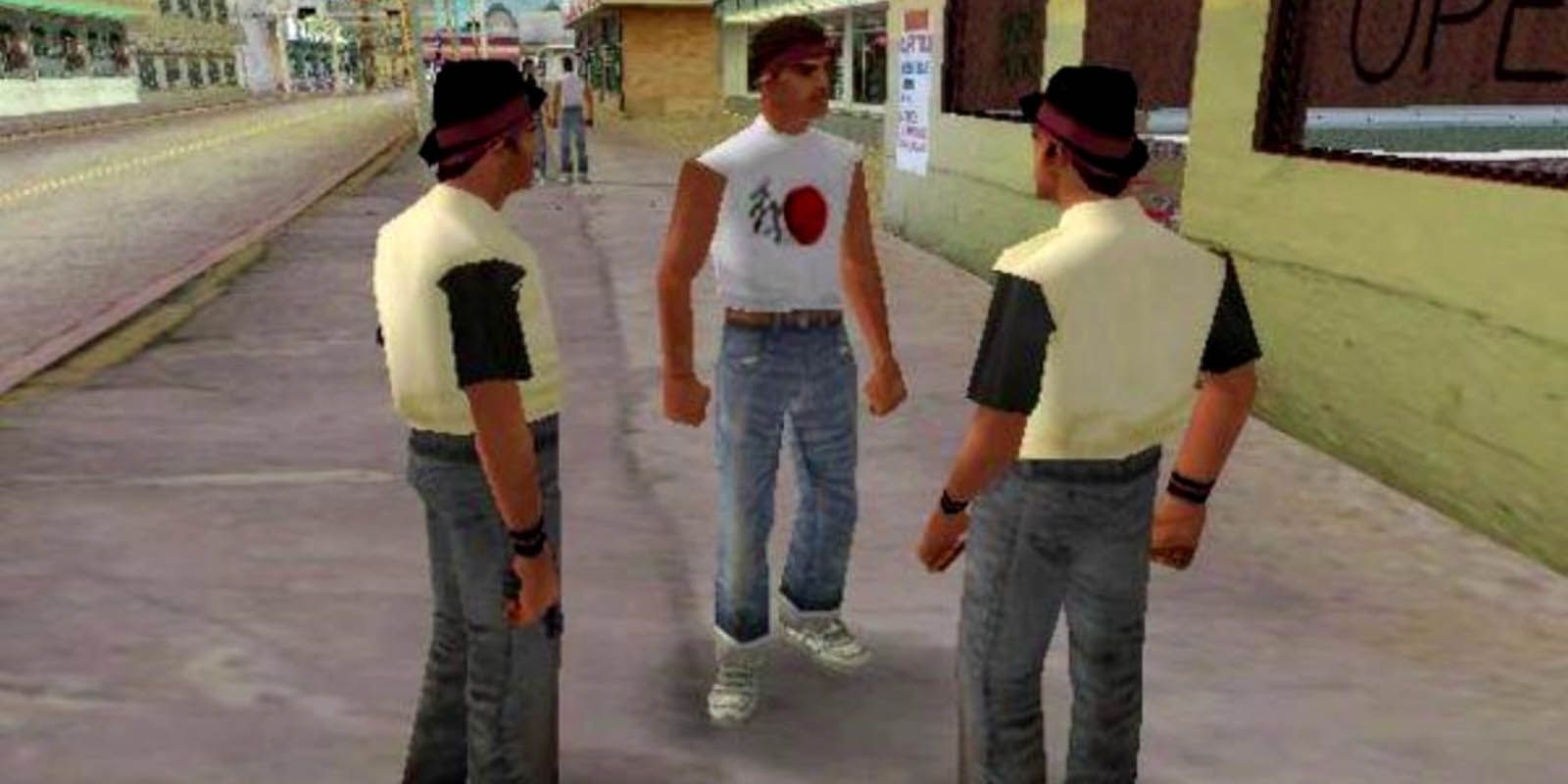Grand Theft Auto Vice City was a divisive game when it gained mainstream attention, but few can deny just how iconic and nostalgic it was for anyone who grew up during the 1980s. With the flashing neon lights, Hawaiian shirts, 80's music, and notable real-life landmarks this game was a great representation of Miami during the ’80s.
Even so, there were a few things Rockstar games got wrong. Some of it was an oversight by the developers and some of it was forced upon them by censorship boards and activist groups. So while they got many things right, there are some things that were definitely incorrect.
10 Accurate: Cocaine Cowboys
Much of the narrative in Grand Theft Auto Vice City revolves around the Haitian and Cuban gang wars and how Tommy exploits it to further his drug empire. As more bodies hit the streets Tommy scoops up more territory and creates further conflict.
Surprisingly this has a lot of similarities to the drug wars being waged at the time and the so-called Cocaine Cowboys that were causing problems in Miami during the ’80s. These powerful drug pushers achieved great financial success and their economic impact was felt throughout Miami for years.
9 Not Accurate: Hurricane Hermione
In Grand Theft Auto: Vice City the player is prevented from accessing certain areas by transportation restrictions due to the impending Hurricane Hermione. Ultimately the hurricane would pass and the player can access all of the city.
In reality, there wasn’t a hurricane threat to Miami in 1986 and this was likely a design choice by developers to prevent players from accessing areas they weren’t ready for. That year saw only one hurricane, Hurricane Bonnie and there was a Tropical Storm Hermione in 1998 that struck Missouri and Alabama, but there was never a Hurricane Hermione in Florida.
8 Accurate: Crack Epidemic
The fact that the bulk of the drug trade revolves around cocaine is an accurate reference to an unfortunate part of Miami’s history. In the 1980’s cocaine swept across Miami booting out the marijuana trade and giving birth to new criminal enterprises and drug lords.
These individuals were so successful at funneling drugs through Miami and into the rest of the country that the federal government and local law enforcement declared it a Crack Epidemic and mustered all forces to combat it.
7 Not Accurate: $50 For Aiding Cops
Admittedly this one’s a bit nitpicky for this list and obviously a game design choice, but it’s absurd enough it bears mentioning. In the game, the player has the opportunity to come across cops in distress fighting gang members or other unsavory types. If the player assists them the cops will reward them with $50.
While it’s perhaps the only honorable way of making money in the game, it just isn’t based on any kind of reality now or in the ’80s. Perhaps it’s a nod to the bribery and corruption of law enforcement at that time and was a reference to so-called ‘protection money’ gangs would charge citizens.
6 Accurate: Colony Hotel
In Vice City players can come across a handful of Colon Hotels which is perhaps one of the most unfortunate names for a hotel. These small four-story buildings decked in blue neon are inaccessible to the player and meant to provide atmosphere with a bit of humor.
In reality, these hotels are based off the Colony Hotel found in Miami Beach. The building has the same appearance and neon blue lighting, but obviously a better sounding name for a hotel.
5 Not Accurate: Racism Towards Haitians
Specifically, this entry refers to the issues of racism surrounding the Haitian population during the 1980s in Miami. These times were tough for Haitian immigrants who were ostracized by some members of the community and established gangs of other ethnicities who saw their presence as a threat.
Supposedly Rockstar Games had included a number of dialogue moments and missions referencing this social issue at the time, but were forced to remove much of it after backlash from Haitian communities and activist groups who misunderstood the portrayal of events as support for racism when it was meant to be a reference to historical events.
4 Accurate: Miami Herald Headquarters
Another hotel players can come across in Vice City is the even more unfortunately named Moist Palms Hotel. This large upscale hotel has a large pond in the front with a car park in the back. It’s also seen in Grand Theft Auto: Vice City Stories, but is under construction.
It’s based on the real-life building that served as the headquarters for the Miami Herald newspaper. The building has been since demolished, but the Moist Palms serves as a somewhat unsettling monument to the iconic building from the 1980’s.
3 Not Accurate: Fashion
While many staples of Miami fashion culture from the ’80s are found in Vice City like Hawaiian shirts, there are many things that are not found; mullet hairstyles, mismatched workout clothes, spandex everywhere, and so much neon coloring it makes your eyes water.
It’s likely the developers either wanted a specific look for their game or were limited by resources, but there was a lot of 80’s fashion present in Miami that has no reference in the game. To be honest though if you look at some of the models from that time, their exclusion from the game might actually be a good thing, even if it’s inaccurate.
2 Accurate: Bal Harbour Mall
In Vice City players will encounter the Washington Mall during the mission Mall Shootout. In this quest the player is tasked with meeting a courier at the mall and is ambushed by French Special Forces.
While the shootout obviously never happened the mall exists in real-life but is known as the Bal Harbour Mall found in Miami Beach. The appearance is almost identical with two-stories and the iconic open-air concept.
1 Not Accurate: Cuban Population
Through Vice City players will come across citizens of Cuban descent in all parts of the city. While the overall population for the city is low, Cubans can be seen shopping, walking the streets, and doing various activities.
While there was a Cuban population in Miami during the 1980’s it encountered a sharp decline around the late '80s. In the late 1980s there was a significant Nicaraguan population that took its place which is not seen in the game. It’s unclear if the developers weren’t aware of this shift or chose to include more Cuban immigrants in the area to serve their narrative purposes.

